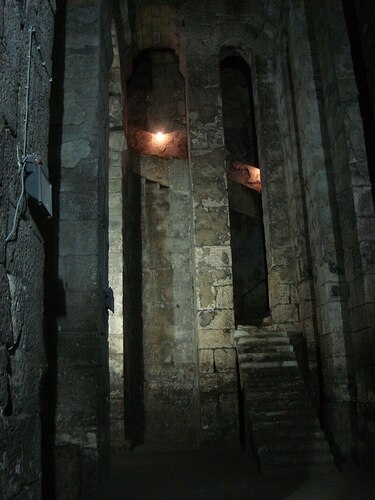Kurdshop - In Mesopotamian civilization, thousands of ancient sites and areas have remained as cultural, historical, and tourist places. One such place is the ancient city of Dara.
The historic city of Dara or Dera is located in the village of Dara in Merdin province in the North part of Kurdistan, 30 kilometers from the city center on the road to Nsebin. The history of Dara dates back to 2300 years ago.
This historic city was built during the Roman period as a military base to protect the borders of the Eastern Roman Empire against the Sassanids. At that time, it was on the Silk Road, so it had an important position in terms of religion, society, and commerce. It also appeals to everyone with its history and scenery; that is why thousands of people visit the historic city of Dara every year and are amazed by its unique scenery.
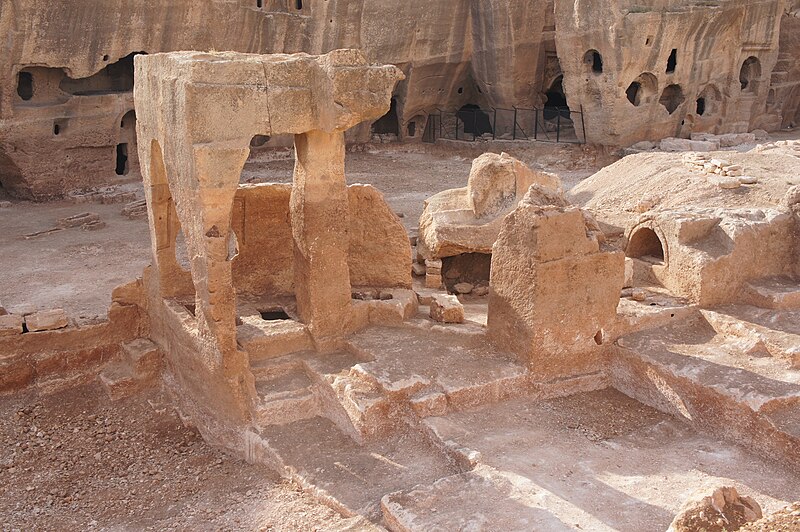
With the arrival of summer, thousands of tourists visit the church, castle, market, prison, prison, and other places in Dara City every year.
Stone tools were made in the historic city of Dara and there is a prison and a water source. Most importantly, buildings have been built there and there are reportedly three-floor cemeteries built 500 years BC and during the Roman period. The first floor was reportedly used for the cemetery, the second floor was the burial place for the relatives of the directors, and the third floor had a mass grave presumably used for normal people.
Excavations began in 1986 for the first time. During the 34 years of research and excavation, many historical places from different periods have been discovered. It is said that 10 percent of the city's sites have been opened so far due to a lack of financial support.
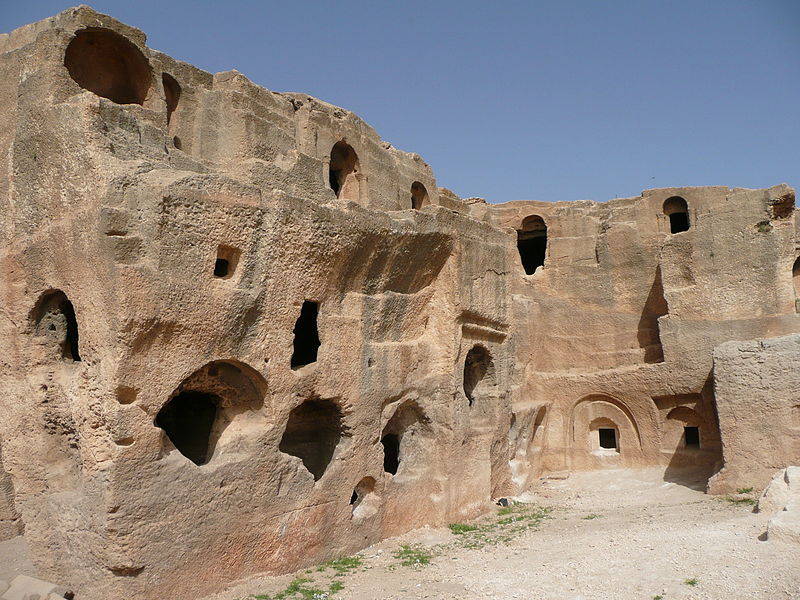
The Dara City was called Anastasiopolis during the Byzantine period, and in 1950 it was renamed Oguz. In 2010, after some research, its name was changed to Dara.
Dara is said to have been built by the Persian ruler, Darius III. Until several centuries AD, the city was sometimes under the Roman Empire's rule and sometimes under Persian rule. It fell to the Arabs' hands in the seventh century and remained under the rule of local rulers until the fifteenth century. After the 15th century, it fell to the Ottomans.
Dara, considered one of the oldest monuments in the North part of Kurdistan, is like a museum and is surrounded by a 5-kilometer wall.

Dara ancient city
The city of Dara is surrounded by a 5 km wall. This wall has two gates, one facing north and one facing south. The city wall begins east of the north gate, reaches the river through the Zelas area, and after entering the valley of the caves reaches the artillery. There it meets the south gate in front of the Bertheville three-ways. The wall that begins to the west of the south gate leads into the old cemetery. It then passes over cut cliffs in the Jurgan area to Hackney and passes by Saringan. After passing Yunus and the inner fortress, it reaches the back of the mosque and gets to the north gate. The ruins of churches, palaces, mosques, markets, and bridges still remain in this wall, which is more than 5 kilometers long.
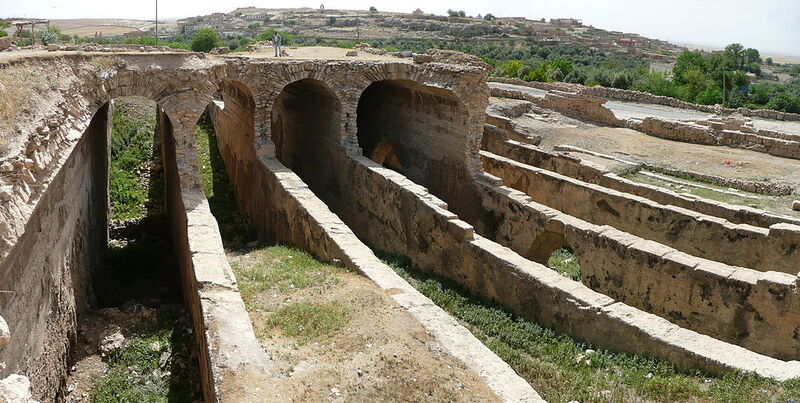
Inner Castle:
It is built on a hill to the north of the city and is about 50 meters high. Today, however, nothing remains but the base of the castle, and instead of the buildings on the hill, the locals have built houses for themselves.
The number of tourists visiting Dara is also increasing. According to official statistics from the Turkish Ministry of Tourism, there has been a high demand for visitors to the city this year, with tourist arrivals increasing by 500 percent over the past two years.
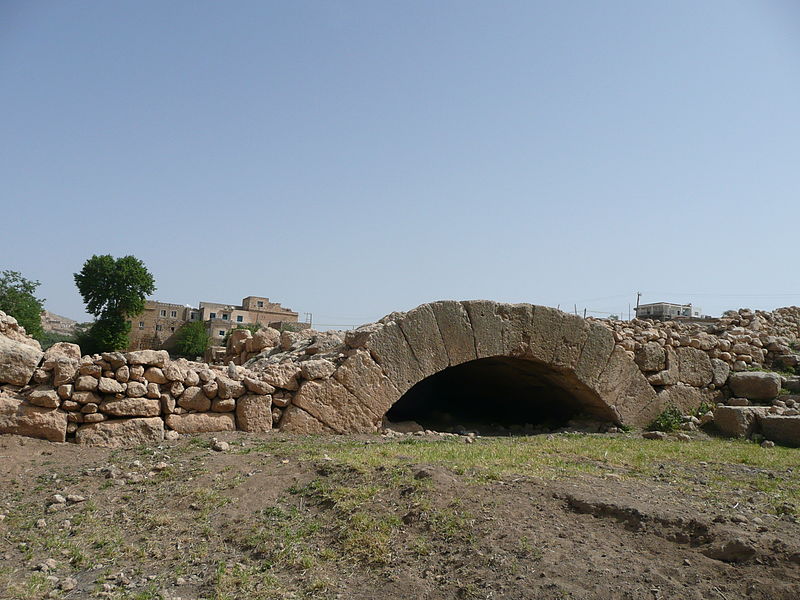
The water canals of Dara ancient city are considered to be the first system in the world. Dara consists of four parts: Hajajian neighborhood, Kale neighborhood, Akhe neighborhood, and Flahan neighborhood. Thousands of years old historical remains can also be seen in every neighborhood and under every house.
The foundation of this ancient city is said to have been built by Alexander the Great, after the Battle of Gagmela (331 BC). However, the site of the ancient city seen today in Dara was built by the Byzantine Empire in 491-518 AD and was called Anastasiopolis. It was eventually rebuilt in 530 by the Roman Empire in Hellenistic architecture. That is, the city built by the Persians was destroyed and its stones were used for the new city of Dara built by the Romans.
